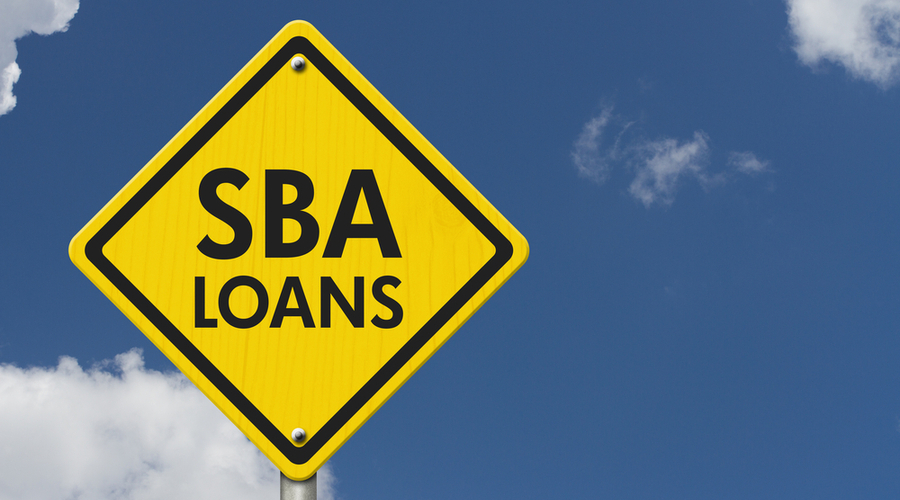
SBA Loans 2022 Guide
Overview If you’re looking to expand your small business, you have numerous financing options. However, not every option is either appealing or accessible, and it
January 26, 2022

Overview If you’re looking to expand your small business, you have numerous financing options. However, not every option is either appealing or accessible, and it

Overview If you’re looking to expand your business, you’ve probably already done some research on different financing options out there. While wading through the various

Overview If you’ve ever thought about expanding your business or investing in commercial property, you’ve probably wondered how to determine the best financing options. If

Overview As a business owner or as someone who one day seeks to own a business, you may find yourself in situations where your existing
© 2025 LoanBase Technologies Inc. All Rights Reserved.